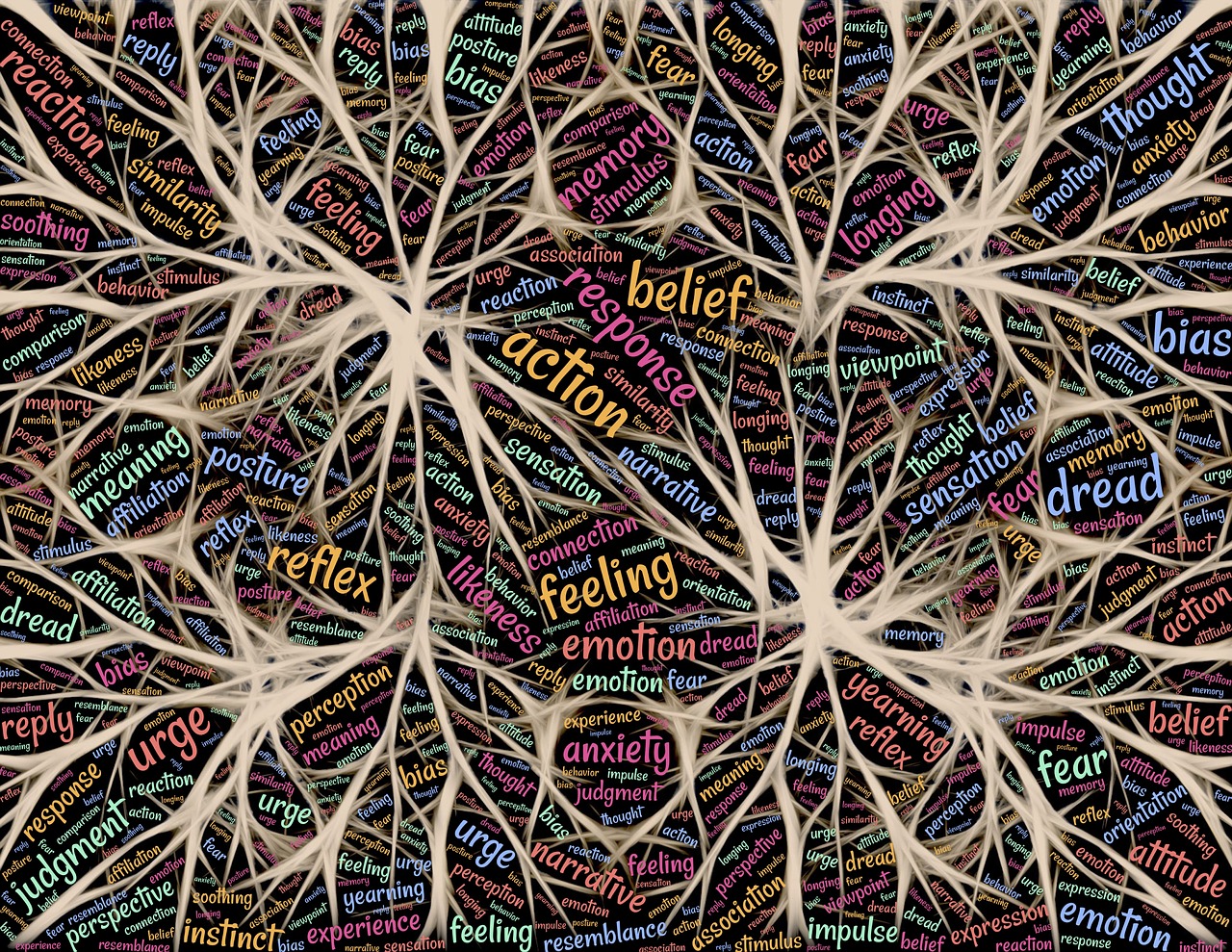 As Terry Rankin says, “… it is actually quite impossible to make any decision without logic. More to the point, it is exceedingly difficult if not impossible to even have an “everyday life” without constantly making decisions, from the trivial and mundane to the urgent, critical, and cataclysmic — and everywhere in between.” [Emphasis his]
As Terry Rankin says, “… it is actually quite impossible to make any decision without logic. More to the point, it is exceedingly difficult if not impossible to even have an “everyday life” without constantly making decisions, from the trivial and mundane to the urgent, critical, and cataclysmic — and everywhere in between.” [Emphasis his]
I would just add that those decisions are either based on logic, “emotional logic” or just emotion/reaction.
Types of Logic
In our everyday, ordinary decisions, there is always a string of thoughts that go from the need for a decision, through the relevant facts, to a conclusion. There is logical way to do these steps that prevents illogical or contradictory steps in that string of logic. This is logic.
Then there is what I’m calling “emotional logic” which is only logical if you allow yourself to factor into the stream of reasoning some reactionary (rather than strictly logical) step(s). These may arise from resentment, anger, revenge, love, adoration, and empathy. Thus you may decide to do something you will have trouble explaining.
Then there is just plain “emotional” or “reactionary” logic where you just kick logic out and go with your gut. This usually causes trouble, sometimes terminal trouble.
The Good Life Needs Good Logic
Since happiness depends of finding truth and putting our lives in harmony with it, it only makes sense that we need to avoid the emotionally tainted kinds of decisions.
So What is Good Everyday Logic?
 Good logic seems to come pretty easily to most of us. It’s the false ones that sound good that give us the most trouble, whether it’s because someone is trying to convince us or we are trying to convince someone else.
Good logic seems to come pretty easily to most of us. It’s the false ones that sound good that give us the most trouble, whether it’s because someone is trying to convince us or we are trying to convince someone else.
So my objective here is to mention some simple, everyday logical traps that we can identify. That should help us avoid pitfalls, flawed sales pitches, deception and grief. Sometimes its simpler to understand something by describing what it is not, so here we go with examples of common flawed or misleading logic –
The false dichotomy
This is a logical trap where there is an attempt (intended or not) to exclude alternatives. The question “Which color car would you like? This red one or the blue one?” keeps our focus on just two alternatives while there may actually be many more. Watch out for the “it’s either this or that” manipulation.
Appeal to ignorance
This one is almost funny because it can often be used to support two directly opposite conclusions. For example:
- “No one has ever proved that vaccines are harmful so they must be OK.”
- “No one has ever proved that vaccines are not harmful so they must be dangerous.”
Watch out for the key words “ever” and “must”. They are often the clues that can tip you off to this logical fallacy. It’s called an appeal to ignorance because it gets it power from pointing out a lack of information.
The straw man
This one is a bit more complex, but is almost a version of the “this or that” logic trap. The “straw man” is an idea, principle or factoid that is set up for the purpose of connecting some other idea to it and then “proving” (while not really proving at all) that the first idea is false. A favorite logical gimmick of detractors of Judeo-Christian religion goes like this. “You say that so and so was a prophet and his statements are inspired of God so they have to be true [that’s the straw man], but he said ______ which turned out to be false, so your guy was not a prophet [the false conclusion].”
So what is the problem? That little phrase “so they have to be true” is the connector which, while sounding completely valid, is actually false in this case. Only a very small fraction of Judeo-Christians would say everything uttered by a prophet is divine revelation.
If you look carefully, a high percent of political Facebook posts use this faulty logic. Or you may see this next one which is even more common.
Half truth
This one is pretty simple. It’s the method of picking some factoid, often out of context, and supporting some argument with it but in the absence of other facts which would lead to a different conclusion.
In fact, if we look closely, every lie is partially true – or at least it must be set in a true context, otherwise it could get no traction and would be completely powerless if not just plain crazy. And so it is with everything in the universe, both good and evil. It has to have a relationship, often an opposing one, with something else, otherwise it is invisible or powerless.
Watch the other hand
This one also occurs frequently in advertisements. “Save up to 80%” really says you can’t save more than 80% and the lower limit of zero percent is not mentioned although it is definitely there. I confess that I used this during my last years of corporate employment. When I was 68 years old and a co-worker asked about my age I casually answered “Let’s just say I’m closer to sixty than I am to fifty.” It was a successful deflection and it was true, but it was definitely misleading. Notice that I could as well have truthfully said, “… closer to twenty than I am to ten.”
Dodge and attack
This is a subtle twist on “Watch the other hand” where the ploy is to recast a fact so as to minimize it. A common bit of “logic” often used in the dicey world of politics. Here is an example of one such attack on the republicans by a liberal/democratic press described here [Ed. Note: this link has gone dead and since this post was published on September 29, 2018.]:
“When the [Washington] Post first broke the news that the FBI had a government source [an imbedded spy] it had used in its investigation against Trump [that’s the big news], this was treated by reporters Robert Costa, Carol D. Leonnig, Devlin Barrett, and Shane Harris as something only conservatives might cynically be interested in for bad reasons, as opposed to generally [being] explosive information of interest to all Americans. This is not an exaggeration.
They wrote, “The role of the intelligence source in the Mueller investigation [thus minimized] may now be seized upon by conservative Republicans who have publicly accused the Justice Department and intelligence agencies of overreach and misuse of their surveillance powers. [the cynical attack]”
This particular type of logic has occurred frequently enough to have become a brand of its own called “Conservative Pounce”.
Can’t prove “nothing”
[edsanimate_start entry_animation_type= “slideInLeft” entry_delay= “0” entry_duration= “0.0” entry_timing= “linear” exit_animation_type= “slideOutRight” exit_delay= “0” exit_duration= “4.5” exit_timing= “linear” animation_repeat= “1” keep= “yes” animate_on= “click” scroll_offset= “” custom_css_class= “display-inline”] [edsanimate_end]This one is a little more subtle. The rules of logic prove that it is impossible to establish the total absence of any thing. The reason is that a non-thing has no effects on anything anywhere. It leaves no trace, takes no space, reflects no light, etc. So a non-thing can exhibit no evidence so there is none.
[edsanimate_end]This one is a little more subtle. The rules of logic prove that it is impossible to establish the total absence of any thing. The reason is that a non-thing has no effects on anything anywhere. It leaves no trace, takes no space, reflects no light, etc. So a non-thing can exhibit no evidence so there is none.
So watch for phrases like “does not exist”, “could never happen”, “no such thing”, etc.
False cause
This one can be watched for if you are on your toes. It nearly always involves two things that happen together and one is assumed to be the cause of the other.
A good example of this one is the correlation between carbon dioxide levels in the atmosphere and global warming. Because the two of them are highly correlated with one another, and CO2 is definitely a “green house gas”, the assumption is made that CO2 causes global warming and that laws are needed to reduce “carbon emissions”. However, in this case, there is strong evidence that the correlation is caused by a third phenomenon. In the four most recent ice ages, CO2 levels have continued to climb for thousands of years while global temperatures were taking their sharp drop offs into the next ice age. (Incidentally, we are several thousand years overdue for our next ice age – we are breaking the timing pattern established by the previous four.)
More –
For those who find this stuff interesting enough to want more –
False logic: give this to Google or your favorite search engine: “logical fallacies”,
Examples of good logic use: “good logic examples”.




